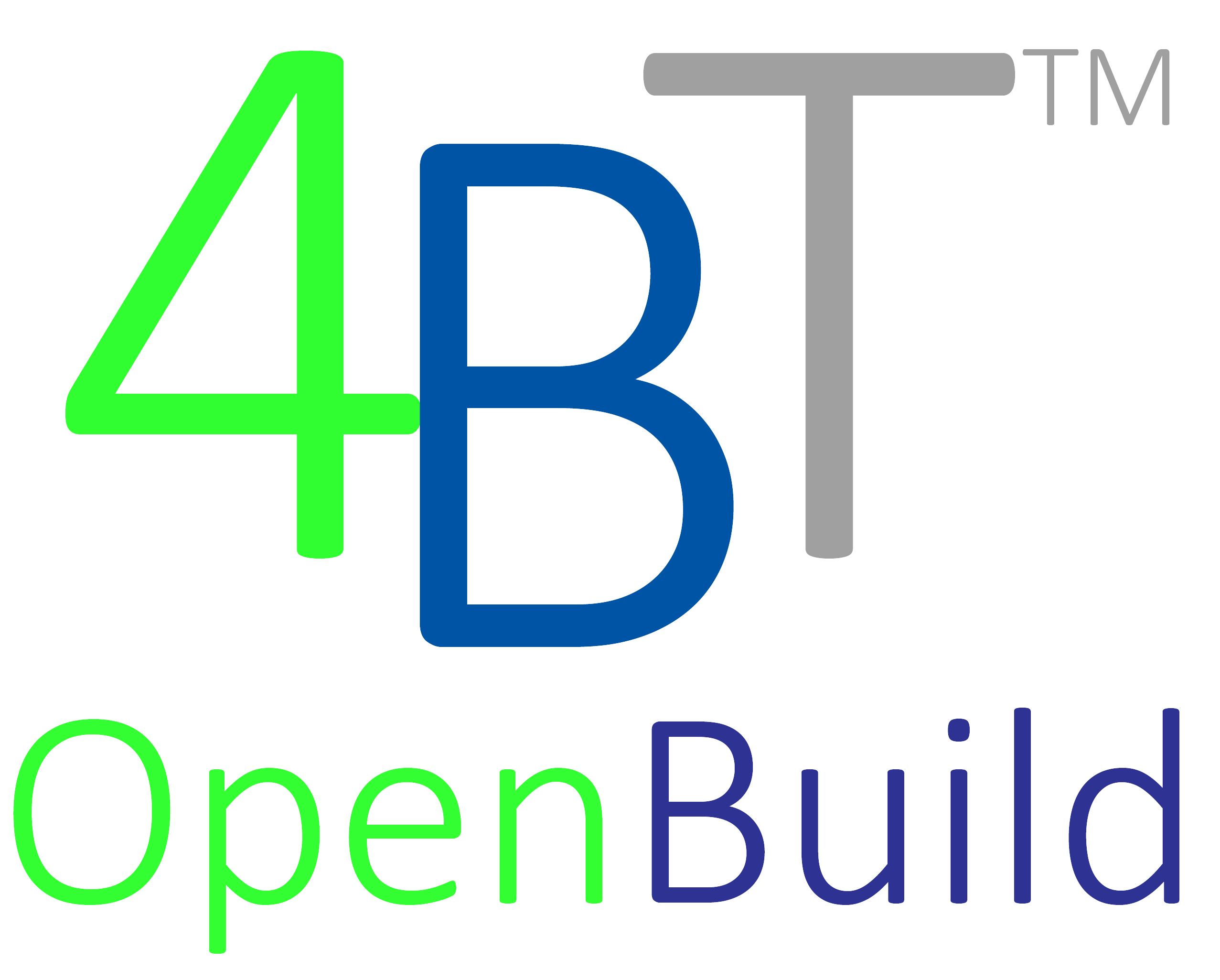The application of systems-thinking to FM provides a clear pathway to significant cost savings (30%-40%), and improved outcomes with respect to timeliness, quality, and overall alignment with the organization missions. Enabling frameworks are supported by collaborative, capable, and accountable leadership and teams, data-driven insights, prioritizing sustainable practices, enhancing communication and integrating internal and external Planning, Procurement, and Project Delivery teams, as well as the adoption of enabling technologies to manage the built environment efficiently.
-
Data-driven decision making:
Utilizing data analytics to identify patterns and make informed decisions about facility operations, leading to improved efficiency and cost savings. This includes the use of granular, objective, verifiable, and current local market construction task information.

Postive FM Change – Data-driven Decision-making 
-
Preventive maintenance:
Robust preventive, routine, and predictive maintenance to identify potential issues before they become major problems, extending the lifespan of assets and minimizing unexpected downtime, as well as lowering overall lifecycle costs.



-
Sustainability/Sustainment initiatives:
Implementing environmentally friendly practices like energy-efficient lighting, physical and financial waste reduction programs, and energy and water conservation measures.
-
Space optimization:
Analyzing space usage to identify areas for improvement, potentially leading to cost reductions by optimizing layouts and reducing unnecessary space.
-
Improved communication:
Fostering open communication channels with all stakeholders – architects, engineers, builders, trades, and building occupants to address concerns, gather feedback, and ensure needs are met in a mutually benficial manner.
-
Technology integration:
Utilizing technology as an enabler vs. primarky focus, to support robust systems-thinking based frameworks, processes, and workflows to automate tasks, monitor built environment conditions, and streamline operations.
-
Engagement of those actually doing the work:
Involving skilled professional actually doing the work in decisions and promoting a positive, services work environment, focused upon long term value generation.
-
Alignment with organizational mission:Ensuring facility management practices are aligned with the organization’s overall goals and strategic priorities.
Set up a time to discuss?
